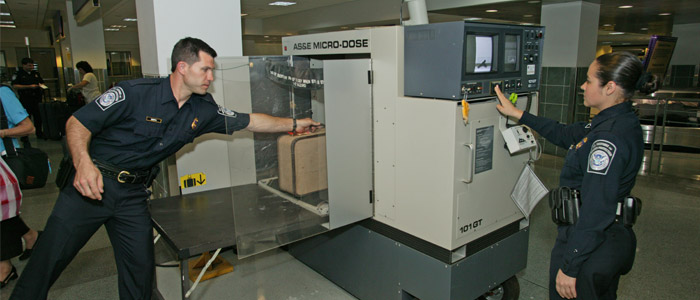Background
In 2002, Congress authorized the formation of the U.S. Department of Homeland Security (DHS) by combining previously separate federal agencies, some of which have similar missions and operate in close geographic proximity to each other. To unify command and control and generate operational efficiencies, DHS wanted to co-locate, where possible, offices divided into multiple facilities in the same city, as well as agencies with compatible missions. Other co-location goals include maximizing the use of existing space and facilities, minimizing rent expenditures, and providing shared services. Before authorizing these changes, however, DHS needed an objective and systematic method of deciding which offices to co-locate, establishing a priority order for co-location, and determining the budget impacts of the co-location strategy.
Project Summary
Fentress was hired to develop a co-location strategy and process for U.S. Customs and Border Protection (CBP), U.S. Immigration and Customs Enforcement (ICE), and U.S. Customs and Immigration Services (CIS). After evaluating missions and standards for these three agencies, three key objectives became apparent: (1) co-location opportunities should immediately be sought in facility projects already identified or in process; (2) cost-effectiveness analysis should be used to determine the operational benefits and corresponding costs of a co-location strategy; and (3) within these three agencies, co-location should start with the ICE Office of Investigations (OI) because there were many instances of multiple offices being located in the same city.
Results
Fentress produced two models for evaluating co-location opportunities and setting priorities. The mission-effectiveness model used criteria on OI’s mission and operations, as well as a geographic density analysis to determine co-location priorities. The criteria included the number of offices in a geographic area, proximity to high-threat targets, proximity to “partner” law enforcement agencies, existing facility conditions, and the presence of ongoing facility projects. The cost-effectiveness model combined the mission-effectiveness approach with a cost component, which included the cost of rent, relocation, telecommunications, and data connections. The cost-effectiveness model was preferred by DHS for identifying co-location opportunities. OI used the model and corresponding “top ten” analysis as input for subsequent co-location decisions.






